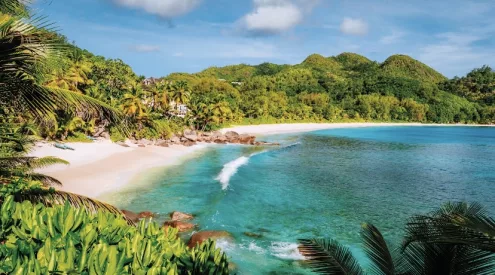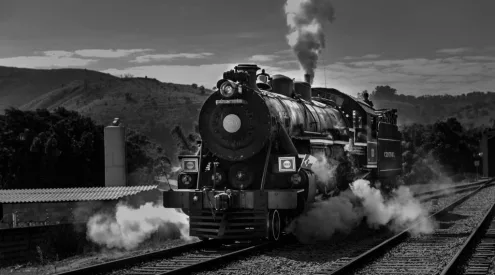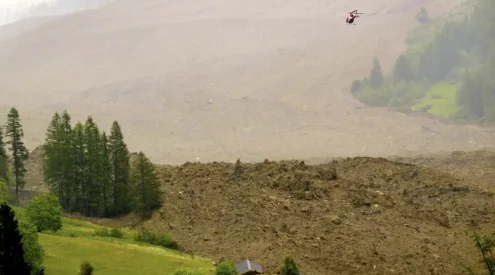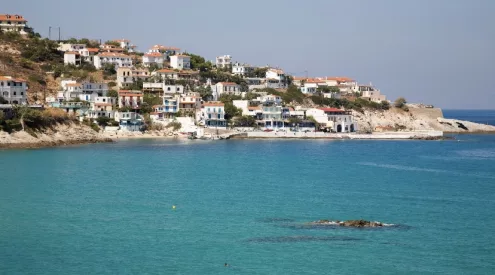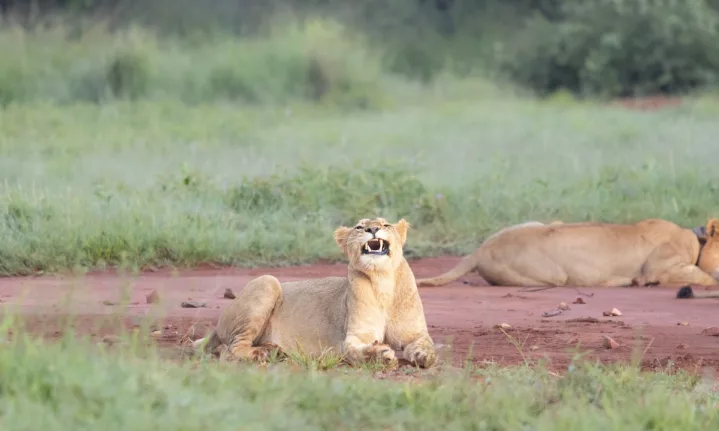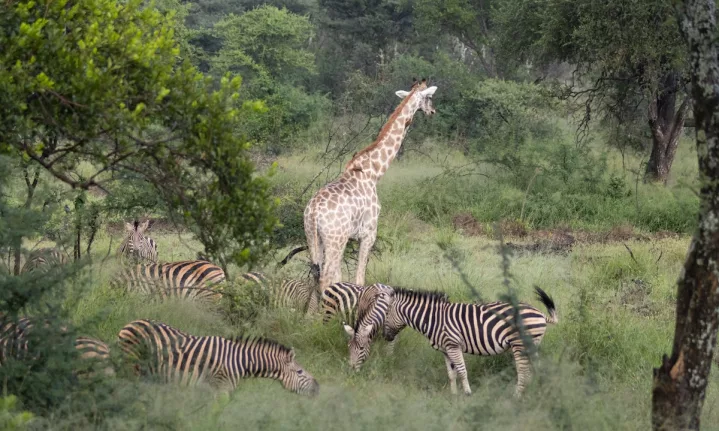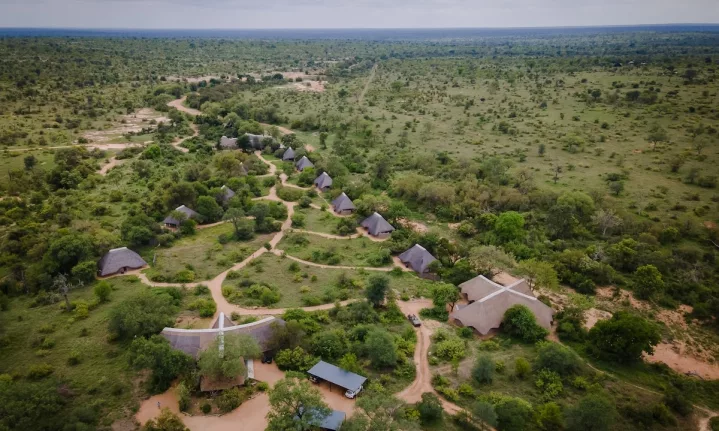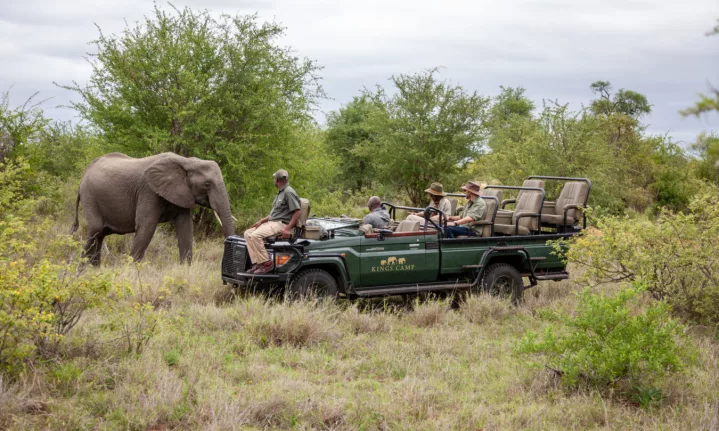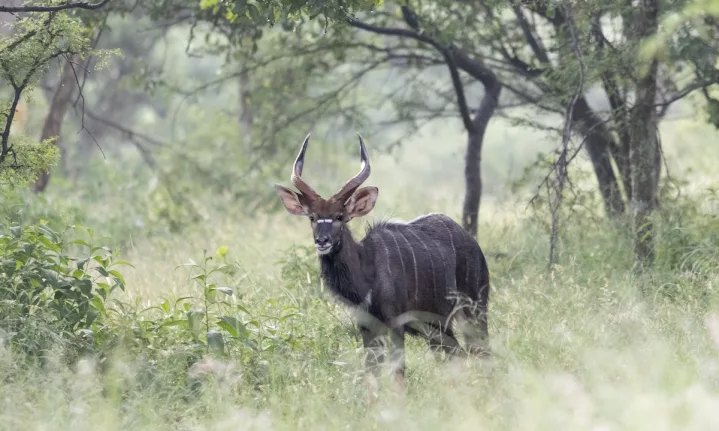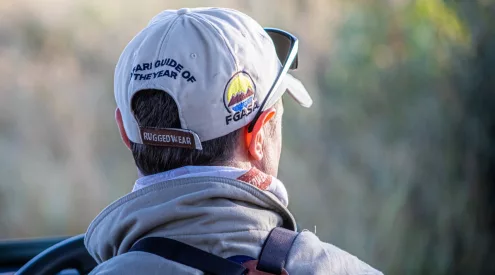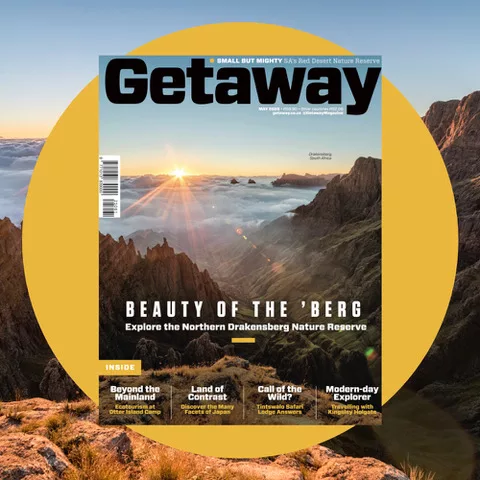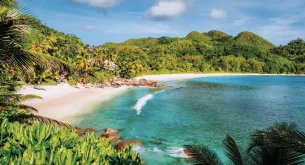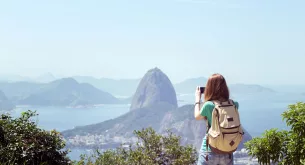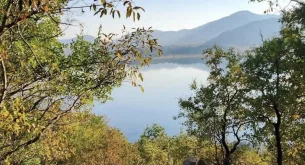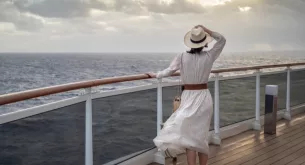The Kruger National Park is a rite of passage for any safari enthusiast, but knowing where to start in the vast South African bush can be tricky. From the best months to visit, to what to pack and where to stay, this guide offers essential tips to help you properly plan a journey through one of Africa’s premier wildlife reserves.
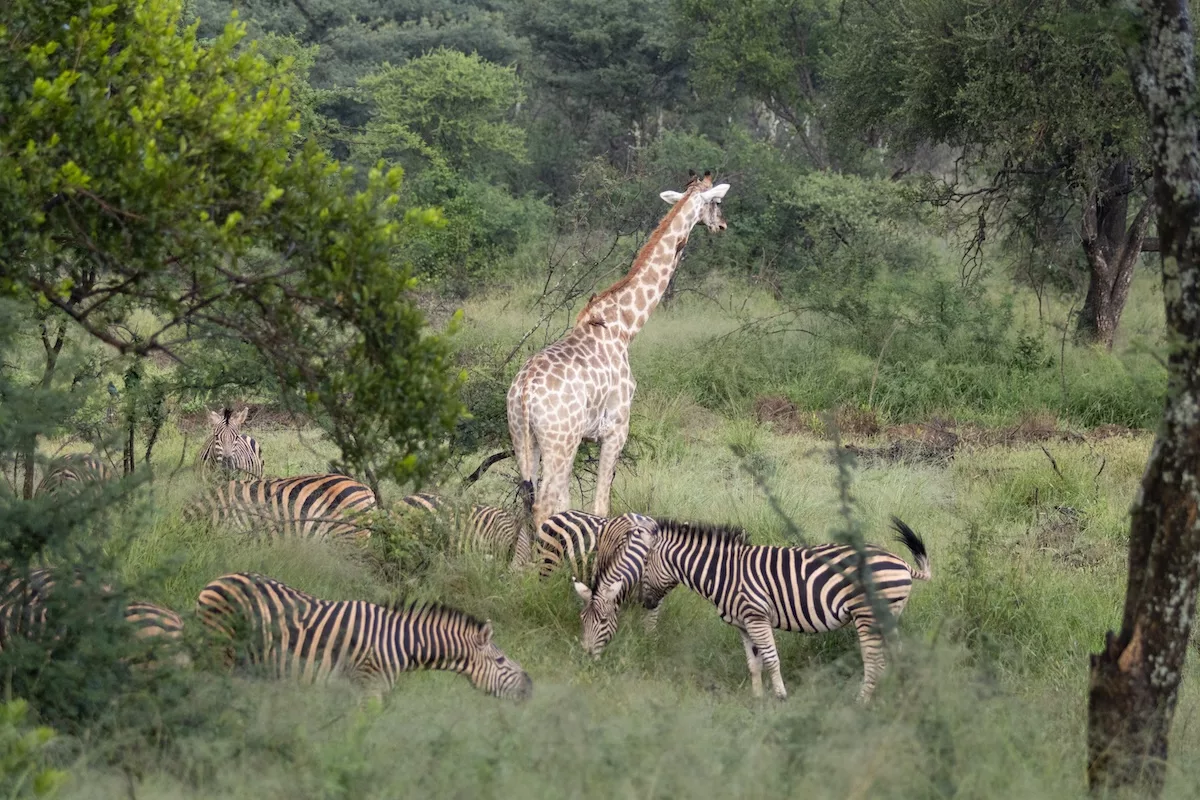
A giraffe happy in a zebra family/Image: Oliver Keohane
When to visit the Kruger National Park
Best time for wildlife viewing
The dry winter months (May to September) are widely considered the best for wildlife viewing. With little to no rainfall, animals are drawn to the remaining water sources, making it easier to spot large herds of elephants, prides of lions, and elusive predators like leopards. Vegetation is sparse during these months, increasing visibility and making it easier to track animals from a distance. The cooler weather is also ideal for long game drives, especially in the mornings and late afternoons.
Avoiding the crowds
While peak season offers fantastic game viewing, it also brings more visitors. For a more tranquil experience, consider visiting in the shoulder seasons—April and October. These months still offer good wildlife sightings but with fewer tourists and more available accommodation. March can be particularly lush and photogenic, as the summer rains leave behind vibrant landscapes and dramatic cloudscapes.
ALSO READ: The “Big Five” trees of Kruger and how to identify them
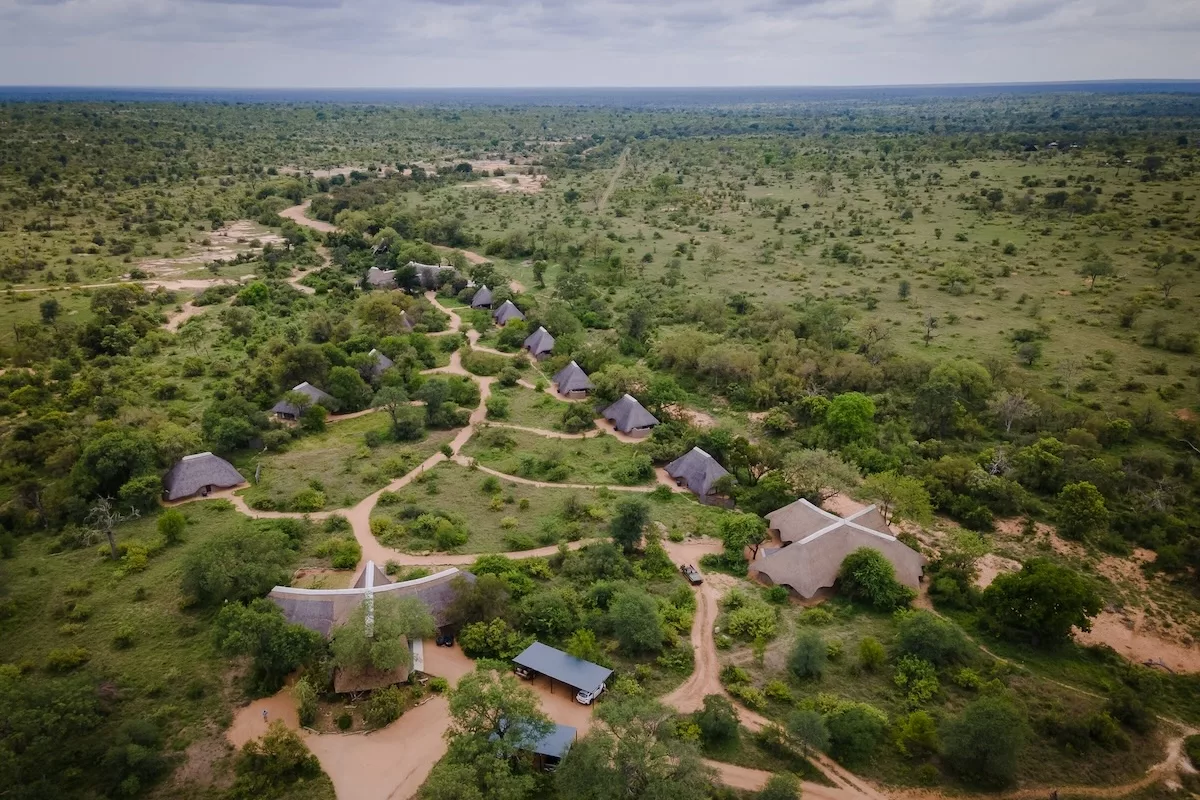
Kambaku River Sands Lodge, Timbavati Private Nature Reserve / Image: Kambaku River Sands
Where to stay: Camps, lodges & budget options
SANParks rest camps
Operated by South African National Parks, these rest camps provide an affordable and authentic experience. Options range from simple tents to well-equipped bungalows with en-suite bathrooms and air conditioning. Skukuza, the park’s largest camp, is ideal for first-timers and offers a shop, restaurant, and petrol station. Satara is best known for lion sightings and its central location. Bookings open 11 months in advance and fill up quickly, especially during school holidays. Book via SANParks.
Private lodges
Luxury lodges in adjacent private reserves like Sabi Sand or Timbavati offer a different kind of experience. Here, you can enjoy open-vehicle game drives with expert trackers, fine dining, and spa treatments. These lodges often allow off-road driving and night safaris, increasing your chances of unique sightings. Though more expensive, the exclusivity and personalised service make it a worthwhile splurge.
Budget options outside the park
For those on a tighter budget, consider staying just outside the park gates in towns like Hazyview, Phalaborwa or Marloth Park. These areas offer guesthouses, backpacker lodges, and self-catering chalets. You can enter the park daily with a self-drive permit or join a local guide for a day tour.
ALSO READ: Beyond Kruger: 25 incredible wildlife reserves to visit if you can’t get to Kruger
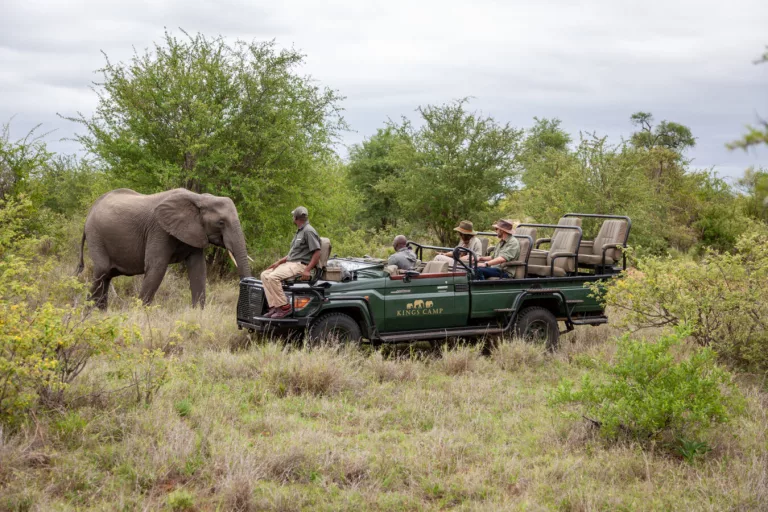
Image: Kings Camp, Timbivati Private Nature Reserve
Getting around: Self-drive or guided safaris?
Self-drive
Kruger is one of the few African parks where a self-drive safari is both feasible and popular. Roads are well-maintained, and the signage is excellent. However, it’s important to follow all park rules, including speed limits and designated gate times. Early mornings offer the best chance of animal sightings, so plan to enter the gates as they open. A good map, binoculars, and a bit of patience go a long way.
Guided game drives
Perfect for spotting hard-to-find animals with expert rangers. Many lodges include these in their rates.
ALSO READ: 7 tips for self-driving the Kruger
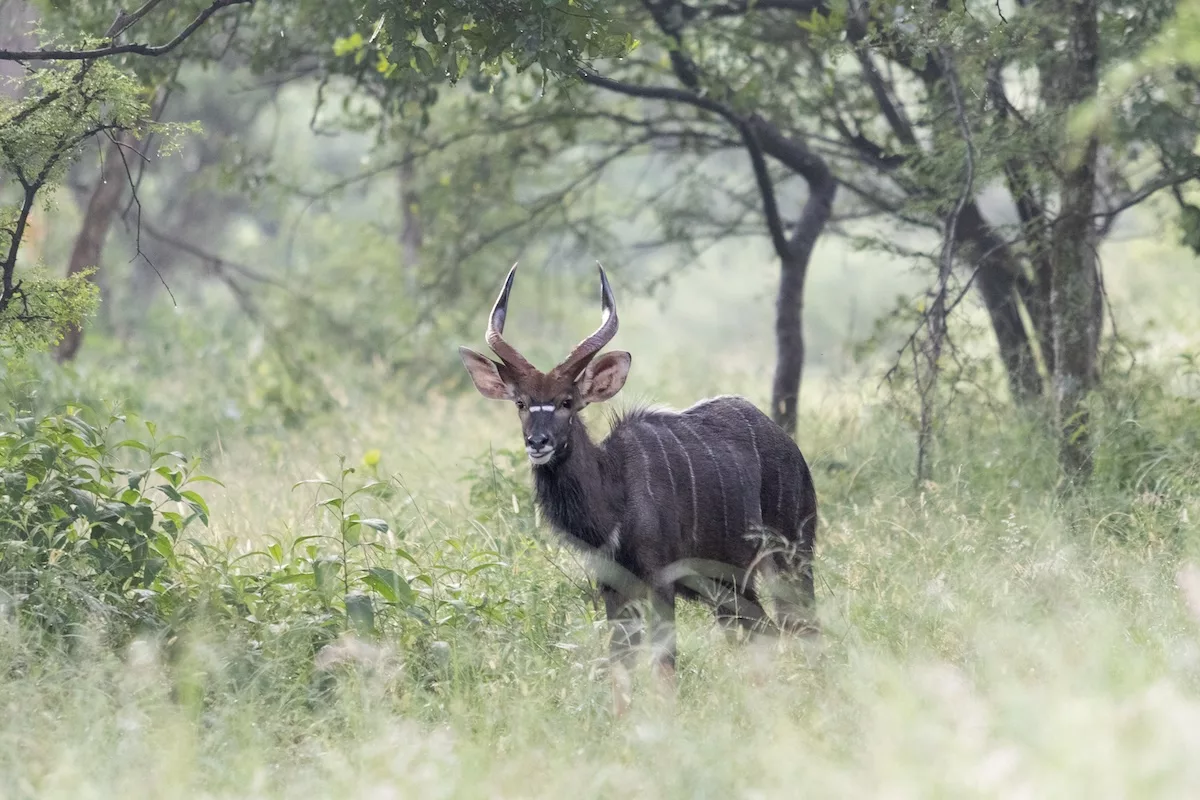
Image: Oliver Keohane
Essential packing list for Kruger
- Binoculars (at least 8x magnification) to spot distant animals
- A camera with zoom lens for wildlife photography
- Neutral-coloured, breathable clothing (avoid bright colours)
- Comfortable walking shoes for camp and short bush walks
- Sunscreen, insect repellent and a wide-brimmed hat
- Reusable water bottle and hydration salts for hot days
- Power banks or car chargers—some camps have limited outlets
- Flashlight or headlamp for moving around at night
Health & safety tips
- Take malaria precautions: consult your GP ahead of time
- Stick to park rules—never exit your vehicle unless at a designated stop
- Respect wildlife and maintain a safe distance
Your first safari, your own story
First-time visits to the Kruger are rarely the last, and part of the beauty beyond the breathtaking biodiversity is the sheer number of options to return to. Use this guide as a framework for stating, but know that every time you go back, you can do it a bit differently.
Follow us on social media for more travel news, inspiration, and guides. You can also tag us to be featured.
TikTok | Instagram | Facebook | Twitter
ALSO READ: 8 Wildlife photography tips for better pictures

